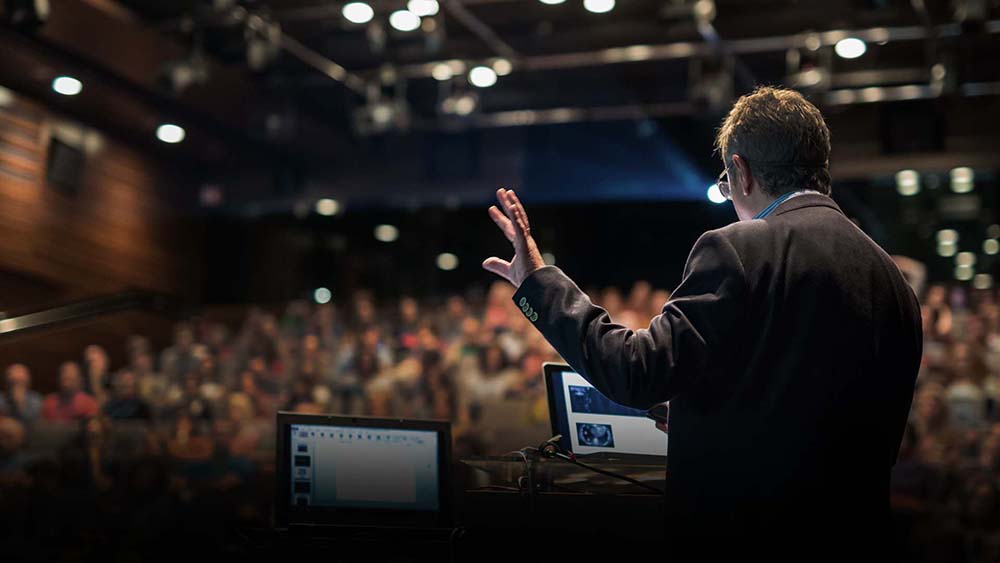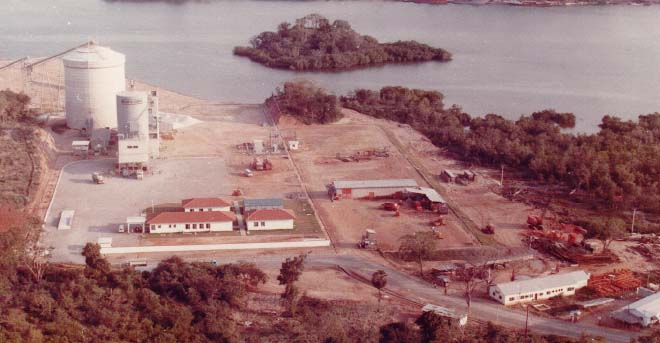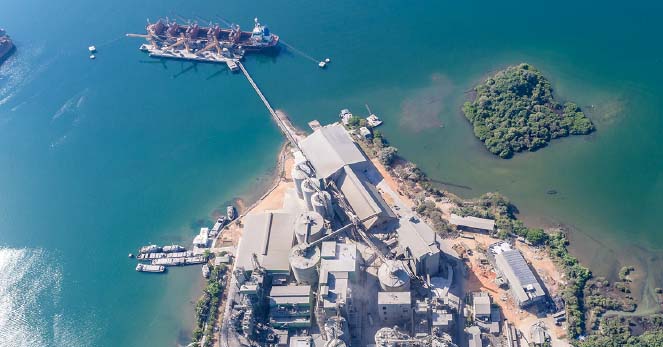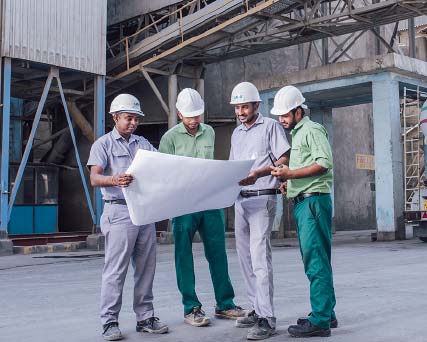Filtered Press Release : 2022 Nov
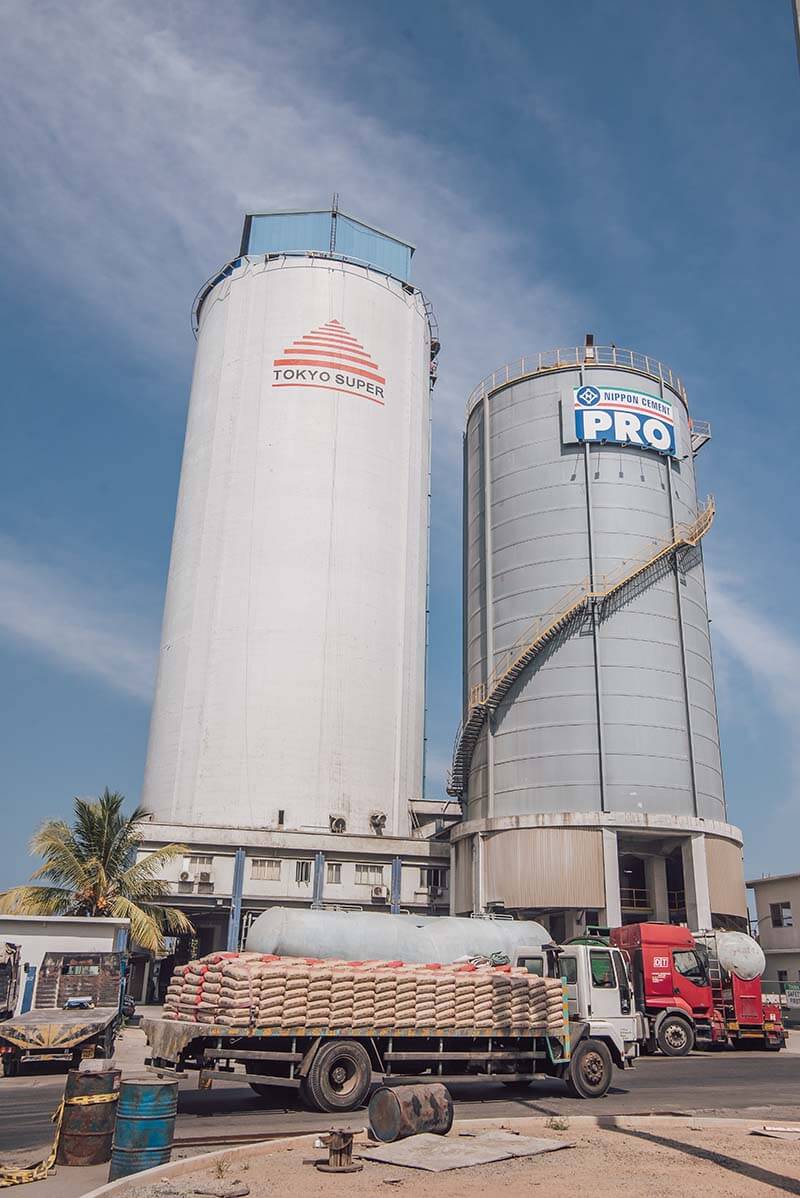
Cost Containment by Tokyo Cement strengthens FY23 Q2 Financial Performance despite worsening Construction Environment
The Environment The construction industry continued to contract with cement demand halving against the same quarter of the previous year. This downward trend is a culmination of factors including currency depreciation, economic and political instability, reduced availability, and affordability of constructure materials and labour, and spiking interest rates, all of which disincentivized the commencement of …
The Environment
The construction industry continued to contract with cement demand halving against the same quarter of the previous year. This downward trend is a culmination of factors including currency depreciation, economic and political instability, reduced availability, and affordability of constructure materials and labour, and spiking interest rates, all of which disincentivized the commencement of new construction projects. Additionally, the sector was considerably impacted due to the pausing of infrastructure projects and billions worth of overdue payments outstanding to government sector contractors. Ongoing power cuts and fuel shortages added further pressure on daily life and businesses throughout the quarter.
At the beginning of the quarter the price of a 50kg bag of cement increased to Rs. 3,200 from Rs.3,000, to reflect the 22% depreciation of the Rupee in the prior quarter (to be settled in Q2), and the 59% increase of Auto Diesel prices that inevitably hiked up transportation costs. Furthermore, Tariff rates of almost all utility services including telecommunication, electricity and water were also increased substantially, further pushing up the cost of operations.
In early July, the Central Bank of Sri Lanka (CBSL) increased the Standing Deposit Facility Rate and the Standing Lending Facility Rate by 100 basis points to 14.50 per cent and 15.50 per cent respectively. To assuage the impact of dollar shortage on domestic consumption, import restrictions continued throughout the quarter. Meanwhile, the headline inflation, as measured by the Y-o-Y change in the National Consumer Price Index (NCPI, 2013=100) increased from 70.2% in August to 73.7% in September 2022.
Given this scenario, the cement industry absorbed the increase of Value Added Tax by 3% (to 15% overall) from 1st September, and the introduction of the 2.5% Social Security Contribution Levy (SSCL) from 1st October 2022, without transferring the additional costs to the consumers.
Falling global oil prices towards the end of the quarter eased the pressures on country’s foreign reserves, whilst tight fiscal controls enforced by the CBSL helped the Rupee to stabilise to a certain extent at around Rs. 367-370 to the US Dollar. This contributed to the reduction of the price of essential goods including fuel and LP Gas.
This also allowed the cement industry to announce a price reduction of a 50kg bag of cement from Rs. 3,200 to Rs. 3,100 to take effect from 5th October 2022. As of this article, local cement manufacturers announced a further reduction of Rs. 125 on a 50Kg bag of Cement, bringing it down to Rs. 2,975 from 1st November 2022, corresponding to the gradual decline of production costs.
Financial Review
Tokyo Cement Group (Tokyo Cement) reported a turnover of Rs. 14,010 million and a profit after tax of Rs. 3,176 million for the 2nd quarter ending on 30th September 2022. This margin growth is underscored by the base effect of the low profitability across comparative quarters, in addition to strategic cost containment implemented by the Group to address the urgency of the economic situation.
Throughout the six-month period the Group deployed aggressive cost management policies and efficiency improvements that proactively reduced operational and marketing expenditures and restructured overhead costs in the ready-mix business. Due to reduced cement demand, the plants were running at their lowest capacity utilizations, further containing operational costs with only essential maintenance, reduced costs associated with labour and overtime, and lower energy consumption.
Whilst this contributed to a superficial hike in profitability, some of these efficiency optimization tools deployed to deal with the economic downturn would not be sustainable in the long term. As such, once demand picks up with the gradual resumption of construction activities, the company would be obliged to fully operationalise production functions, which would be proportionally reflected in operational expenditure.
Turnover for the six months ended 30th September 2022 was Rs. 30,317 million, reflecting a Y-o-Y growth of 34%. However, the Group recorded an Exchange Loss of Rs. 3,674 million for the same period, ending 30th September 2022. The Group was negatively impacted by a total exchange loss of Rs. 8,733 million accumulated over the course of the calendar year thus far, exerting significant pressure on the Group’s cashflows and negating the positive performance. In this period, the company imported raw materials on Letters of Credit which are incurring interest at an average rate of 30% thereby elevating finance costs.
Outlook
The Government remains confident of receiving an Extended Fund Facility of about USD 2.9 billion from the International Monetary Fund (IMF) by the end of the year, as part of the preliminary staff-level agreement reached in end August. Subsequently the country anticipates borrowing upwards of USD 3 billion from other sources next year, required for essential imports to ease the pressures on daily life.
Meanwhile, the Government is in the process of implementing key policy reforms advocated by the IMF in the form of increasing direct taxes and restructuring state income and expenditure. Accordingly, the newly announced corporate income tax increase from 18% to 30% for manufacturing companies, is slated to come into effect from 1st October 2022. This will have a significant impact on the Company’s earnings during the remainder of the current Financial Year.
However, cement demand is projected to continue on its current trajectory until economic reforms are in place to stimulate consumption and interest rates are revised to encourage investments in new construction projects. Until a positive momentum of the industry is clearly indicated, the Company will continue to apply the cost containment measures already in place to safeguard its financial position.–


